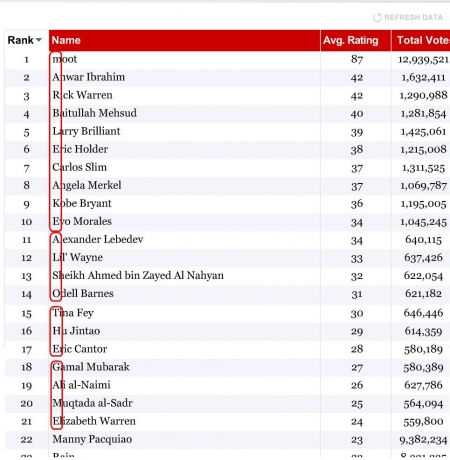Increasingly it seems, people throw up their hands, “graphs and statistics are all lies anyway!” and never deeply examine quantitative information. And that’s part of the reason why I can’t recommend The Visual Display of Quantitative Information enough.
For many people the first word that comes to mind when they think about statistical charts is “lie.” No doubt some graphics do distort the underlying data, making it hard for the viewer to learn the truth. But data graphics are no different from words in this regard, for any means of communication can be used to deceive. There is no reason to believe that graphics are especially vulnerable to exploitation by liars; in fact, most of us have pretty good graphical lie detectors that help us see right through frauds.
Much of twentieth-century thinking about statistical graphics has been preoccupied with the question of how some amateurish chart might fool a naive viewer. Other important issues, such as the use of graphics for serious data analysis, were largely ignored. At the core of the preoccupation with deceptive graphics was the assumption that data graphics were mainly devices for showing the obvious to the ignorant. It is hard to imagine any doctrine more likely to stifle intellectual progress in a field…
–Edward Tufte, The Visual Display of Quantitative Information, page 53.
You will be lied to more often, and more subtly, with words than with figures. But unlike empty words, the data behind a chart is verifiable, and can be objectively redrawn. As I see it, quantitative analysis is our best chance to reason truthfully and without ego. Sometimes infographics are a better tool than words, especially for summarizing large datasets objectively. If anything, we should be scared when there aren’t graphs and statistics.
